Many people associate methylene blue only with old laboratories or treatments for urinary infections. But in the world of intermittent fasting, longevity and biohacking, this simple compound is starting to attract more and more attention. 🔍
🧠 What is methylene blue?
Methylene blue (in English, methylene blue) is a synthetic dye, discovered in the 1800s, with multiple medical applications:
- Antiseptic and treatment for urinary infections
- Antidote for cyanide poisoning or methemoglobinemia
- Tissue staining agent under microscopy
But in recent years, researchers have reassessed it as a potential nootropeand mitochondrial stimulant.
🔬 How does it work at the cellular level?
Methylene blue has a unique capacity: it can transport electrons in mitochondria, where cell energy (ATP) is produced.
➡️ Concretely:
- Supports electron transport chain function
- Can reduce oxidative stress
- Supports energy production in cells “tired” or affected by chronic inflammation
👉 That is precisely why it is being researched as a possible neuroprotector in degenerative diseases such as Alzheimer's or Parkinson's.
⚡ Why is it interesting for those who practice fasting?
Intermittent fasting triggers autophagy, reduces inflammation, and improves mitochondrial function — and this is where methylene blue comes into the equation, too.
Potential synergies:
- ✔️ Supports mental clarity during fasting window
- ✔️ Can reduce “brain fog” (brain fog)
- ✔️ Helps manage oxidative stress induced by workouts or caloric restriction
💡 Some biohackers use it in microdosesin combination with black fasting or intermittent fasting to boost energy and concentration without classic stimulants (ex: excess caffeine).
⚠️ Attention to risks and contraindications
Although it seems miraculous, not a supplement to take in jest:
- 🚫 May interact with antidepressant drugs (SSRIs → risk of serotonergic syndrome)
- 🔬 Not all commercial forms are pure (avoid aquarium versions!)
- 🔄 Wrong dosage can have adverse effects (nausea, headache, urine staining deep blue)
🧪 In medical studies, very small doses are used (0.5—4 mg/kg body weight), should not be experienced without serious documentation or medical guidance.
🧪 What do the studies say?
- A study of Journal of Neuroscience(2007) showed that low doses of methylene blue can improve memory and cognitive performance in mice.
- Other studies suggest benefits for mitochondrial function and neuronal protection in contexts of oxidative stress.
- However, there is not enough evidence to recommend its regular use as a dietary supplement.
📚 View the official profile of the compound on PubChem — Methylene Blue
🔄 Does it fit with intermittent fasting?
Short answer:
Yes, but with reservations.
Methylene blue:
- Does not contain calories, so does not interrupt post
- But being a metabolically active compound, some prefer to use it within food window, especially if I also take other supplements or medications
⚖️ Our recommendation: use it only in microdosing, informing yourself well before, and possibly during the adaptation period or on days of intense productivity.
🧭 Practical conclusion
✅ If you are passionate about biohacking, cognitive function and energy optimization — methylene blue can be an interesting ally.
❌ But it's not a “play” supplement — requires accountability, attention to the source and compatibility with other treatments.
💡 If you decide to try it, start with minimal doses and carefully monitor the reactions of your body.
🎯 Intermittent fasting is already a powerful optimizer — it only adds what supports it, not what complicates it.
No, it does not contain calories and does not activate digestion — but it is a metabolically active compound, so use it with caution in the fasting window.
Yes, but avoid the combination with antidepressants or strong stimulants. Consult a doctor if you are undergoing pharmacological treatments.
Yes! It's perfectly normal and harmless — but don't be alarmed if you see “electric blue” in the mirror. 😄









.svg.avif)












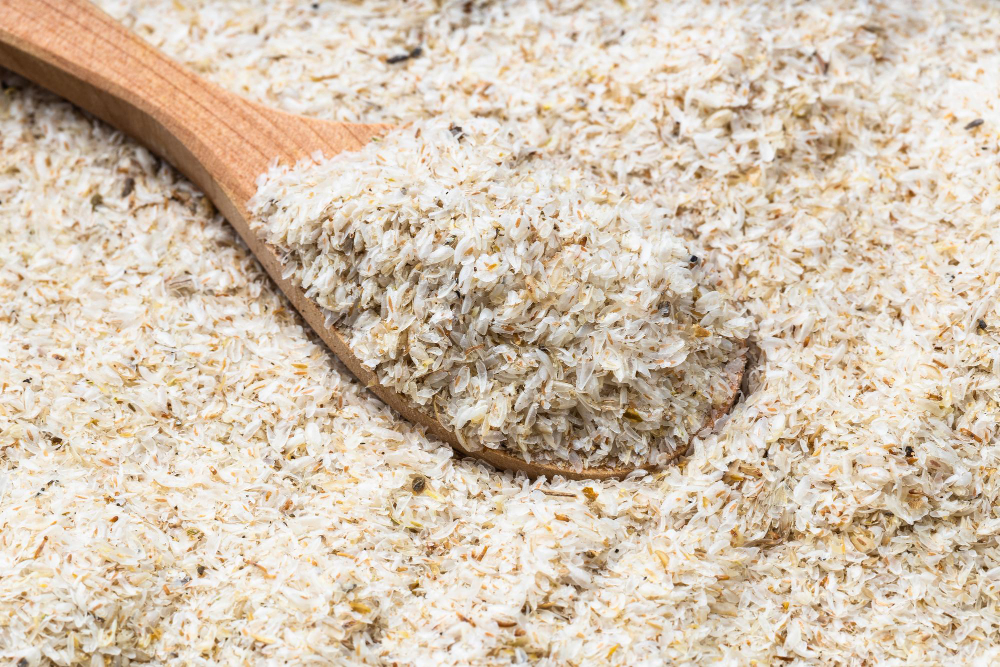


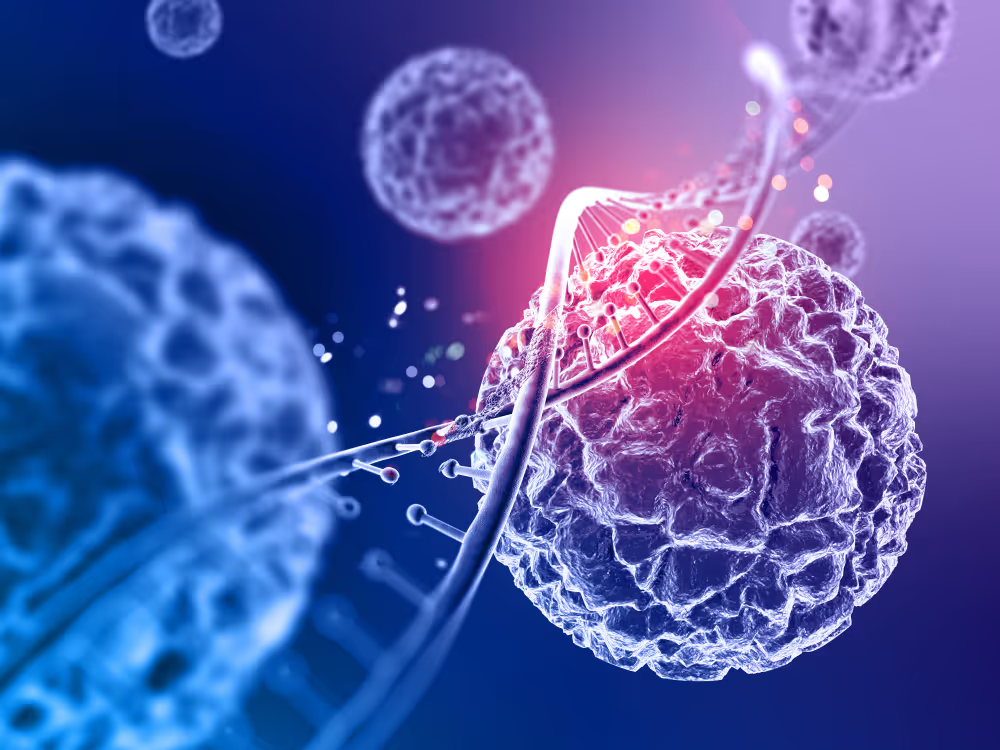
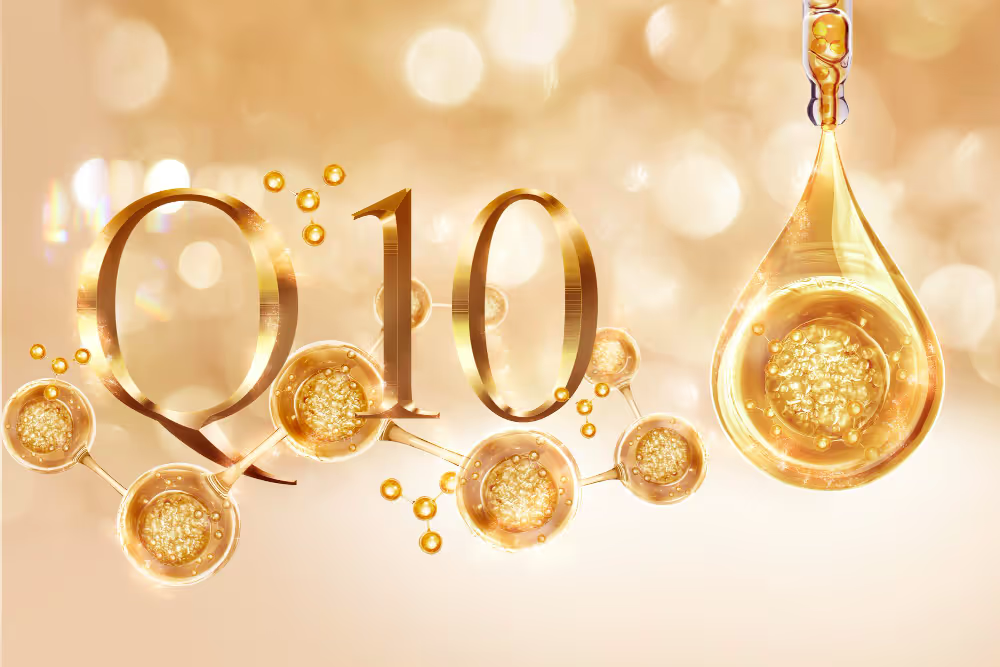
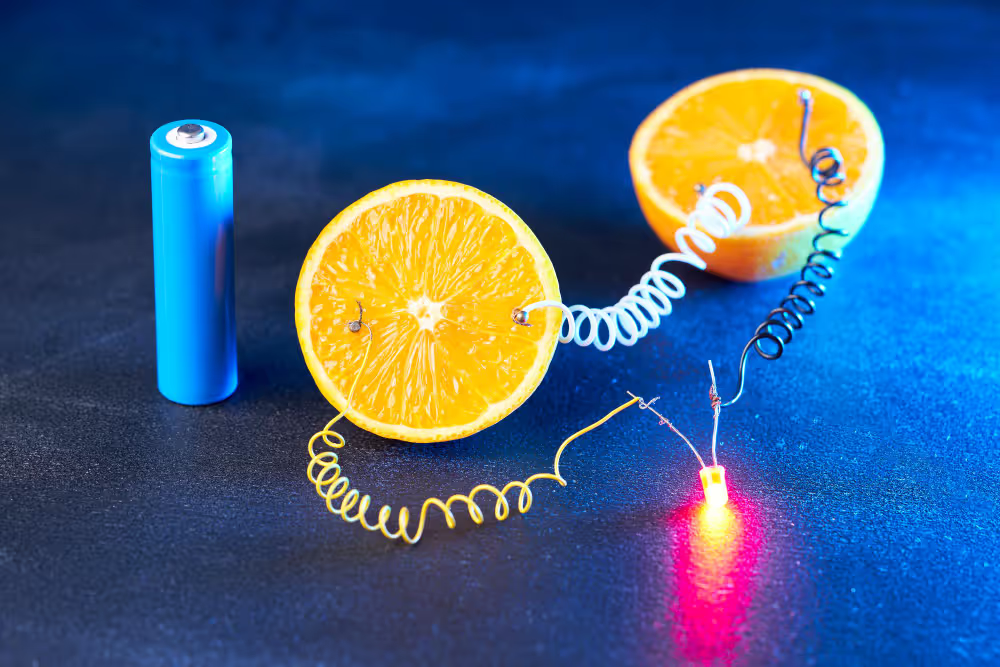
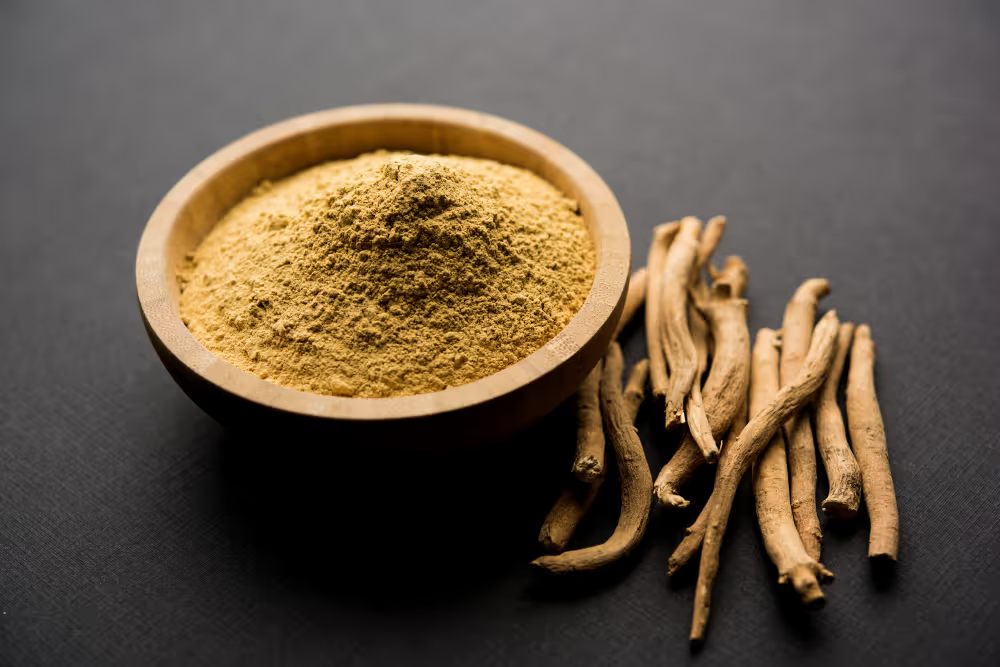




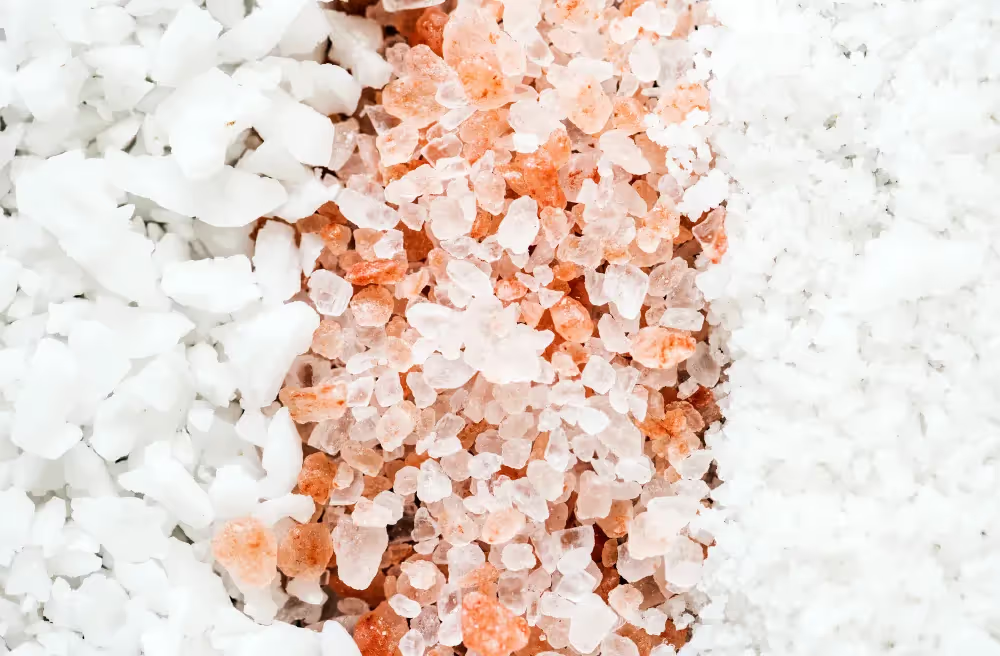
























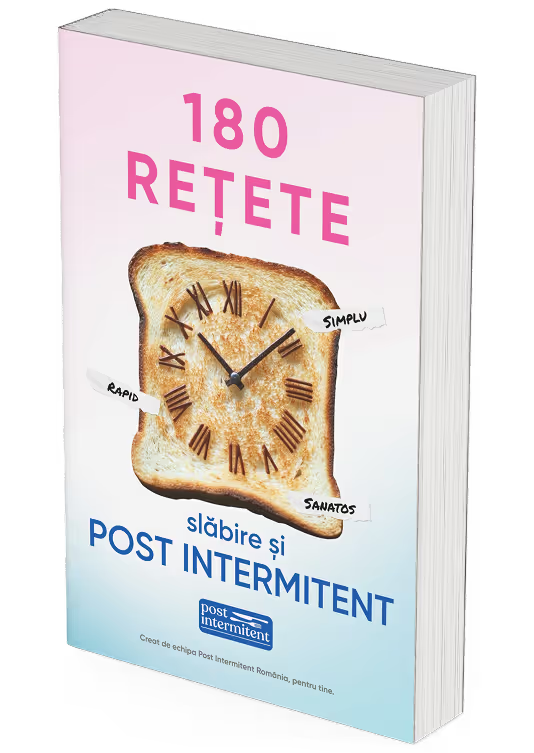

.svg)
